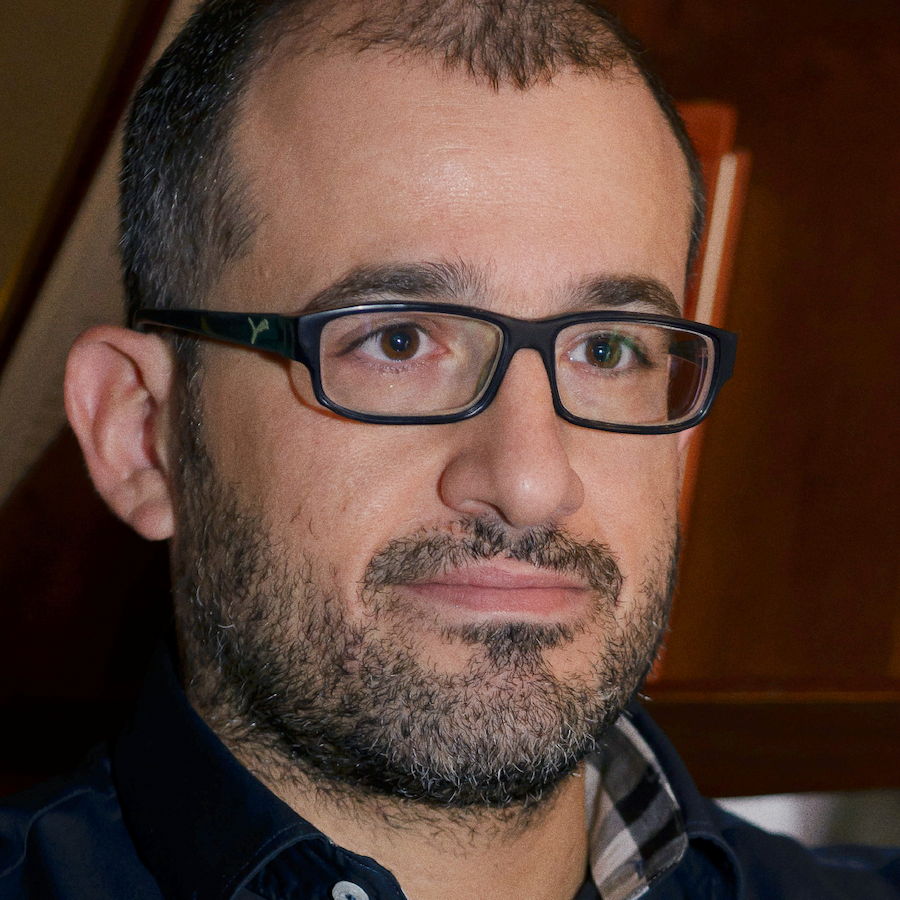SQL (structured query language) is an essential tool for data scientists, and it’s becoming increasingly important. We’re improving the way we treat diseases, manage natural resources, and make business decisions based on insights provided by SQL.
While it’s relatively easy to pick up the basics, it takes time to learn how to use this language efficiently. Thanasis Paraskevas has used SQL for over 10 years as both a software engineer and a data scientist, and now mentors our students. Here’s his take on why SQL is such a powerful programming language, and how you’ll use it as a data scientist.

What makes SQL different from other programming languages?
It’s very different in terms of the functionality and purpose of work. With SQL you can query data from information that is structured in a tabular form of connected tables, each of which covers a specific conceptual entity. While the purposes of other programming languages are more general (e.g. process automation, algorithms implementation, web applications), each of those languages must interact with SQL in order to provide information dynamically.
SQL is also a very simple language for someone to learn. The syntax is very easy. If someone has experience either in programming or at least experience in data, he or she is capable of understanding how to quickly find information. And SQL is just the next common sense step.
There are also many other types of SQL languages used in data science, like Microsoft SQL, MySQL, Hive QL for big data and others. They are all used for data integration, data analysis, and processing.
You’ve had a career in both software engineering and data science. Is SQL used differently in those two fields?
It was very different using SQL as a data scientist. In software engineering, relatively simple queries can get you the right kind of information. In data science, among others, you’re using SQL to provide statistical measurements to help in business decisions: what is the mean, what is the max value of something. So it’s different when you’re using it that way.
SQL is the language that allows you to communicate on a technical level with the data engineer, the person who’s going to provide information for the data scientist to do his or her work. On the other end is the data analyst or the business analyst: you need SQL to be able to answer the business questions. So SQL is the language you need in order to communicate both technically and in business. Start there, and then build on that with more skills.
How often do you use SQL?
I use SQL daily because it makes it easier to navigate and find the information that you need. In data science, you need to gather the information, process it, and all of that involves working with SQL.
What was your biggest challenge learning SQL?
I have not had much of a challenge learning this language. However, I have found that in order to be able to write the proper kind of query, you have to write more efficiently. It requires experience to write the query in the right way. That’s the challenge I usually face.
How long will it take to learn SQL if a student knows other languages?
If they already have some programming knowledge, it’s a matter of hours to learn the basics of SQL. But it takes time to learn the different ways to apply it in practice.
How about if you don’t know any other programming languages?
If you’re an experienced data analyst but you do not know SQL, you will still be able to understand how the information is formulated. For someone who is not familiar at all but has a level of understanding and a background in math, you will learn it in the matter of a week or two.
How much SQL knowledge do students typically have when they enroll in our data science course?
Most students have a basic understanding. It’s rather unusual to find a student who is brand new to the field. They may not know how to perform specific tasks in SQL, but they learn that in the course.
Any further insight for those who are considering learning SQL, or taking our data science course?
The course will help someone to understand both why we use this language in data science, and actually think about how they’re using it to navigate and analyze data. Students learn to use statistics functions that a data analyst performs. It takes time to dig more and explore more in the field, but I think that comes with work experience.
Thinkful provides a full understanding of the basics of SQL, and how to use it to integrate information and perform basic data analysis.
Whether you’re new to programming or already comfortable using SQL, our data science course will help you reveal business insights and predict future events. Explore our full-time course option to fast-track your data science career, or part-time if you’d rather learn in a flexible format that works around your day job.
- Career Info
- Education Info

